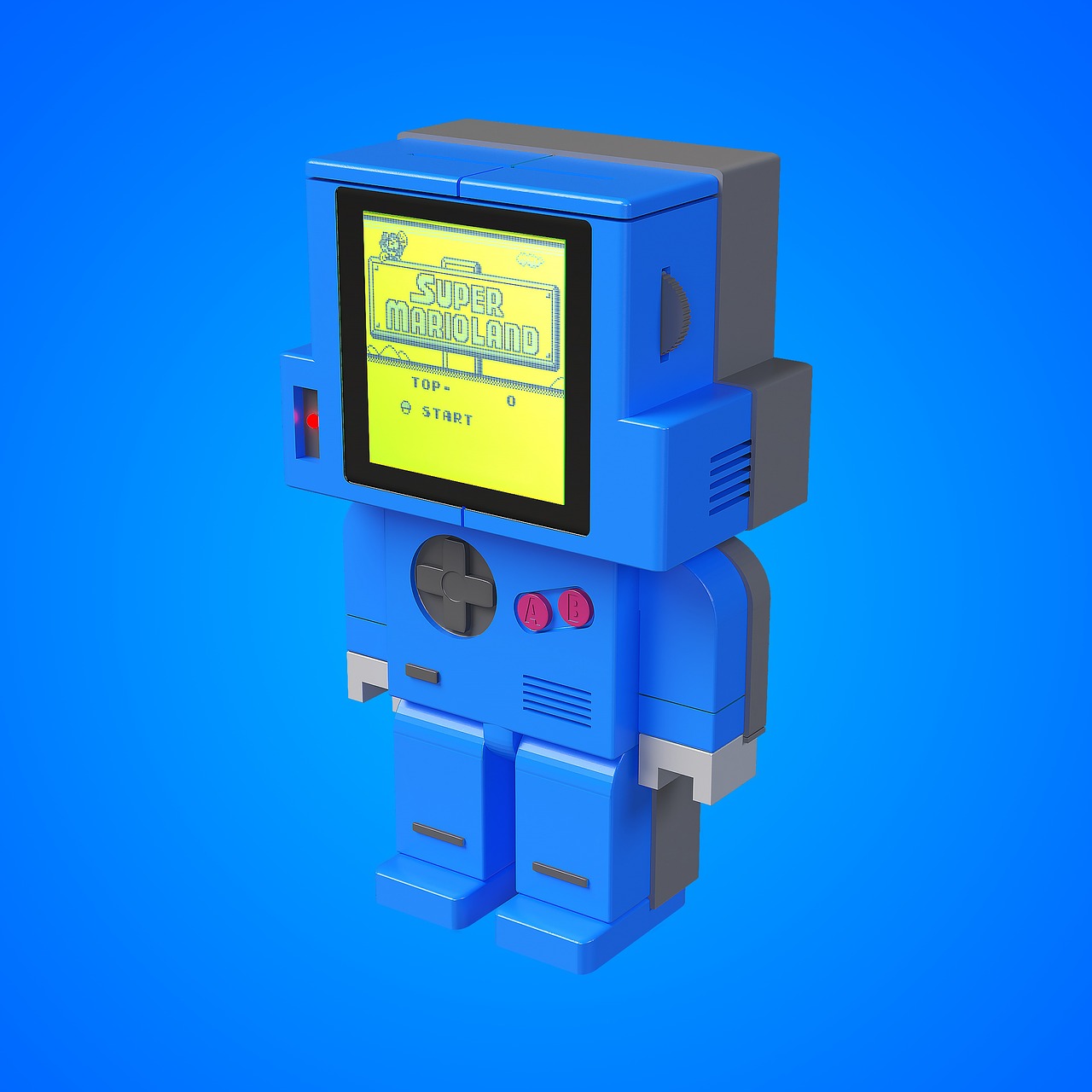Introduction
The concept of the metaverse—an expansive, persistent virtual world where users live, play, interact, and create—is becoming central to gaming. As virtual reality (VR), augmented reality (AR), and mixed reality (MR) technologies advance, gaming is poised to lead this next evolution of digital interaction.
What the Metaverse Means for Gaming
-
Immersive, persistent worlds: Unlike traditional games, metaverse games are continuous spaces where players’ actions impact evolving environments and economies.
-
Social interaction as core gameplay: Meeting, collaborating, and competing with other players is central to the experience.
-
Virtual economies and asset ownership: Digital assets like avatars, items, and land can be created, traded, and owned, adding a new dimension to gameplay.
-
Cross-device and hybrid realism: Advances in hardware and networks blur the line between VR, AR, and conventional gaming.
What’s Driving the Next Wave
-
Technological advancements: Better headsets, faster connectivity, advanced haptics, and improved graphics engines make immersive gaming feasible.
-
Shift in content and experience: Games are evolving into environments where users explore, socialize, and build, not just play.
-
Economy and user creation: Players can contribute content and potentially monetize their creations, turning gaming into participation.
-
Industry investment: Major companies are betting on the metaverse, seeing gaming as a foundational use case.
Key Challenges
-
Hardware adoption and accessibility: VR headsets can still be costly, uncomfortable, or inaccessible for some players.
-
Content depth and value: Creating meaningful, long-lasting experiences is a challenge for developers.
-
Cross-platform interoperability: Seamless movement between devices and platforms remains difficult.
-
Safety, privacy, and governance: Immersive worlds raise new concerns around moderation, data privacy, and digital rights.
-
Economics and sustainability: Virtual economies carry risks like speculation, exclusion, and monopolization of digital assets.
What to Expect in the Near Future
-
More high-quality VR titles that emphasize immersive worlds and social interaction.
-
Hybrid experiences allowing play across VR, AR, and traditional screens.
-
Expansion of user-generated content tools in VR platforms.
-
Improved hardware: lighter headsets, better tracking, and more affordability.
-
Growth of virtual social experiences, including concerts, live events, and meetups.
-
Increased integration of virtual economies, digital assets, and cross-platform avatars.
Conclusion
Gaming in the metaverse is redefining what it means to play. Beyond graphics and world size, it is creating spaces where play, creation, interaction, and community merge. While challenges remain, the evolution of VR and metaverse gaming is set to transform the way we experience digital worlds.
